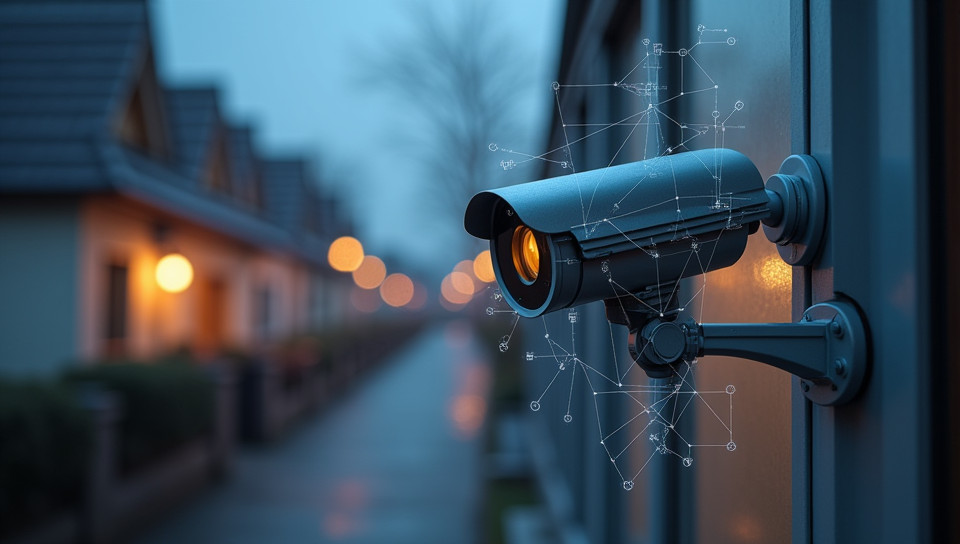Home security is enhanced by smart technology 39%

The Future of Home Security: How Smart Technology is Revolutionizing Protection
As we continue to live in an increasingly connected world, the concept of home security has undergone a significant transformation. Gone are the days of traditional alarm systems and manual locks. Today, smart technology has taken center stage, offering homeowners a more comprehensive, convenient, and secure way to protect their homes.
The Rise of Smart Home Security
With the proliferation of Internet of Things (IoT) devices, it's now easier than ever for homeowners to integrate various security features into their daily lives. Smart locks, doorbells with cameras, motion-sensitive lights, and smart thermostats are just a few examples of how technology is redefining home security.
Key Benefits of Smart Home Security
- Improved monitoring capabilities: With smart security systems, homeowners can keep an eye on their property remotely using mobile apps.
- Enhanced surveillance: Cameras and sensors provide detailed footage and alerts in case of suspicious activity.
- Increased convenience: Smart locks and doorbells allow for easy access control and communication with visitors.
- Energy efficiency: Smart thermostats help regulate temperature, reducing energy consumption.
How to Get Started with Smart Home Security
Implementing smart home security doesn't have to be overwhelming. Start by assessing your current security needs and identifying areas where you can upgrade. Consider investing in a comprehensive smart security system that integrates multiple devices and features. Don't forget to explore local laws and regulations regarding the use of surveillance cameras and other security equipment.
Conclusion
The integration of smart technology into home security is no longer a novelty, but a necessity for homeowners seeking peace of mind and protection from potential threats. By embracing this shift towards a more connected and secure future, we can ensure that our homes remain safe havens, equipped to withstand the challenges of an ever-evolving world.
- Created by: Jakub Mazur
- Created at: Dec. 23, 2024, 12:55 p.m.
- ID: 17032

